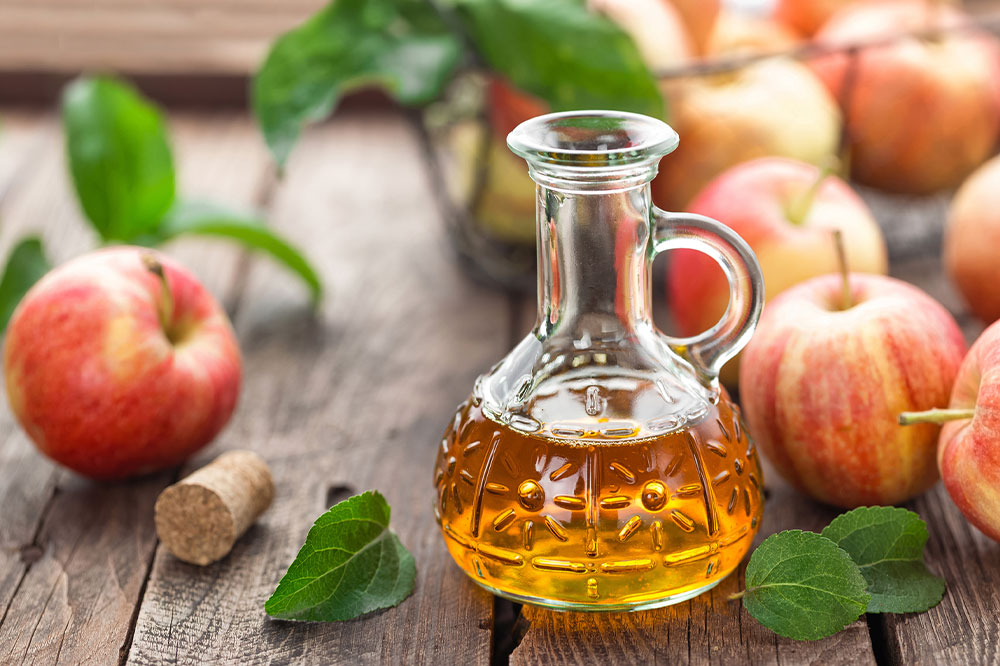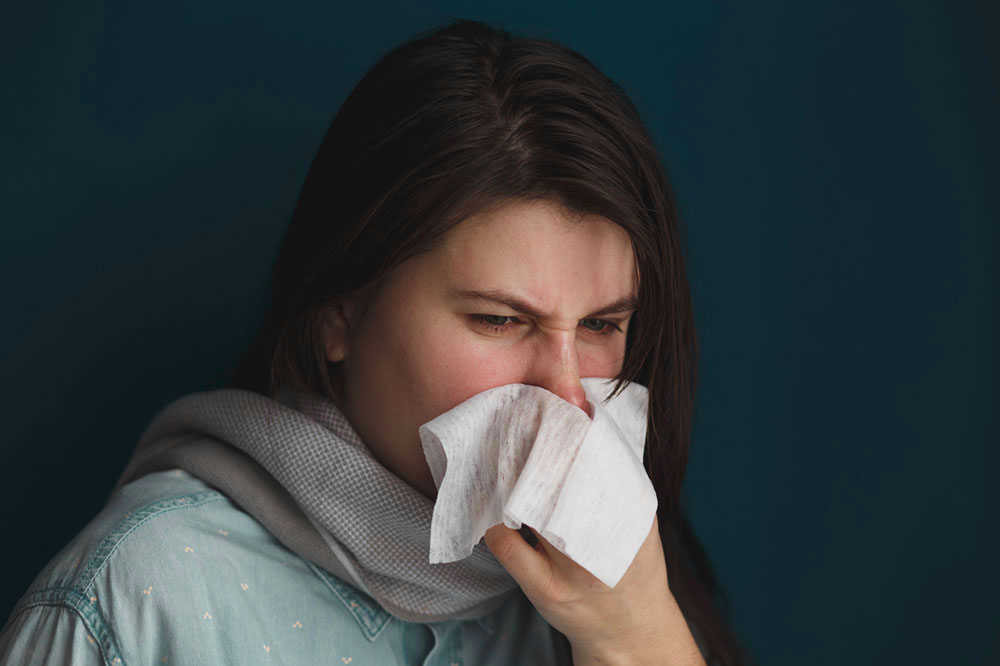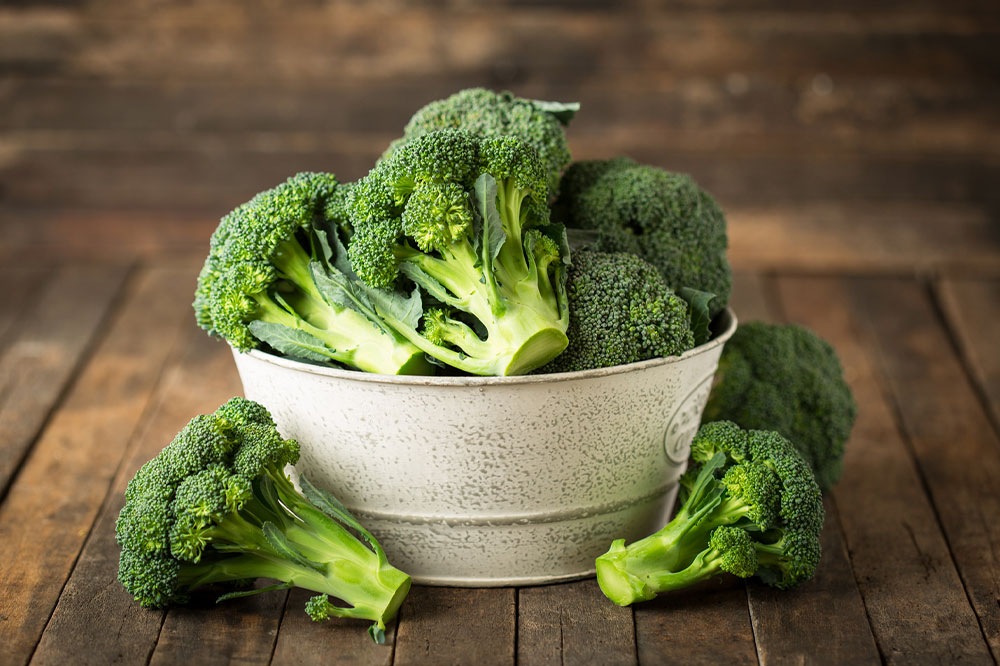Does apple cider vinegar help manage acid reflux
Acid reflux is a stomach abnormality caused by eating spicy foods, caffeine, heavy meals, and high-fatty foods. It irritates the esophagus lining when the muscles relax at the wrong time and send the stomach acid upwards. While this is a curable disease, frequent acid refluxes can lead to Gastroesophageal reflux disease (GERD). Among its many home remedies, apple cider vinegar is believed to relieve its symptoms, but related research is conflicted. What is apple cider vinegar made of? Apple cider vinegar is made from mashed apple juice, which is then fermented using bacteria and yeast. The added bacteria is referred to as the “mother” since it acts as a catalyst to create vinegar. The unfiltered and organic apple cider vinegar contains the “mother,” which gives it a hazy, dark brownish appearance. It is thought to be high in enzymes, pectin, and proteins. Non-organic variety is pasteurized to remove the bacteria and improve the consistency, making it less healthy. Does apple cider vinegar help with acid reflux? To answer simply, there aren’t enough studies to suggest a direct correlation between the two. Acid reflux brings a sour taste to one’s mouth and creates a burning sensation in the chest. For those who have poor stomach acid production, vinegar can boost stomach acidity and help with digestion.
Read More 









